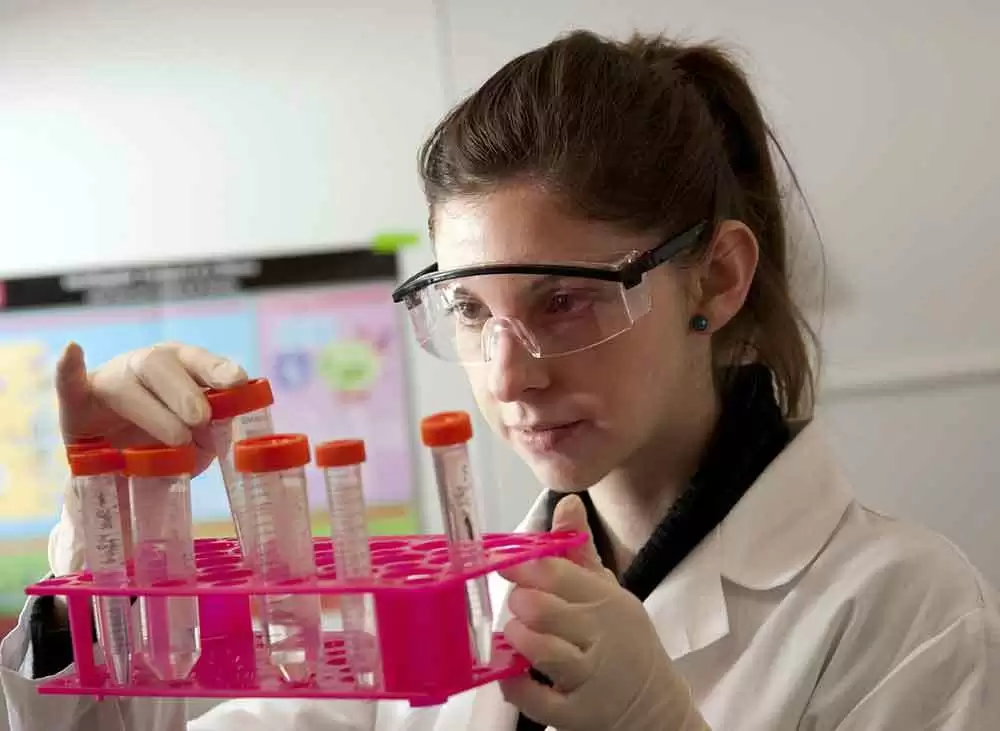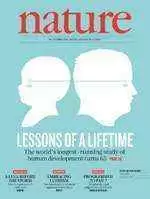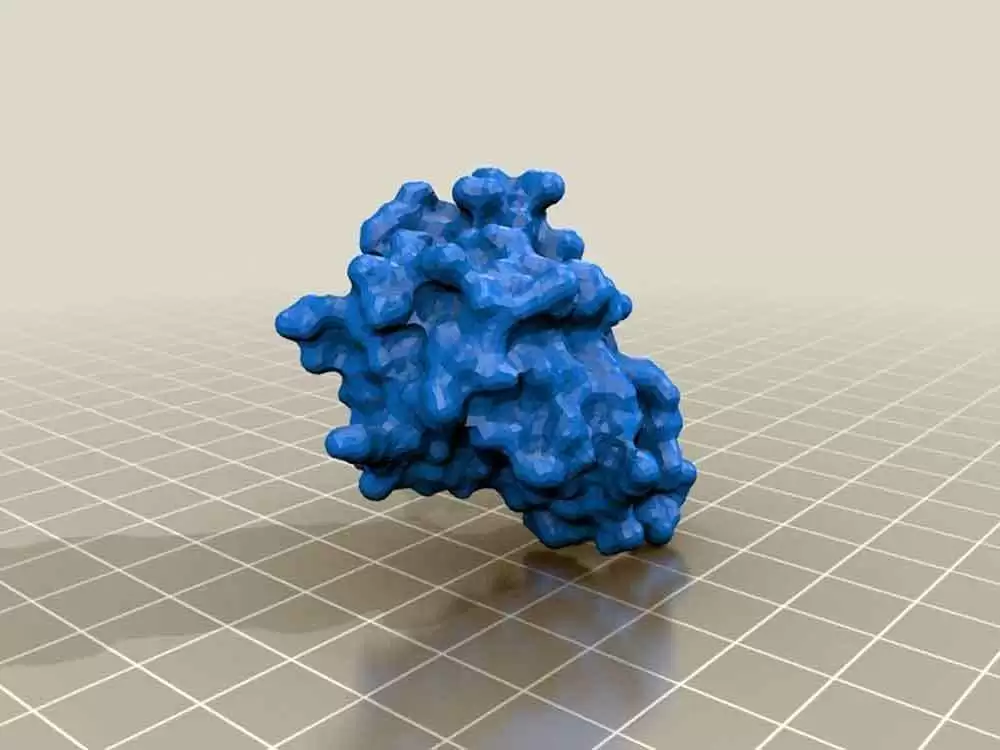
Celiac.com 02/17/2020 - Celiac disease is a common inflammatory autoimmune disorder triggered when dietary gluten causes intestinal damage in genetically susceptible people who have either of two genes, the HLA-DQ8 or HLA-DQ2 haplotypes.
More and more, doctors see a need to come up with non-dietary treatments, but there is currently no good gluten- and HLA-dependent model. Human data has led to a great deal of information about the origins of celiac disease, but no one has yet revealed the roles of disease-predisposing HLA molecules, and of adaptive and innate immunity in celiac-related tissue damage.
Celiac.com Sponsor (A12):
A large team of top researchers recently set out to determine if interleukin-15 gluten and HLA-DQ8 drive tissue destruction in celiac disease.
The research team included Valérie Abadie, Sangman M. Kim, Thomas Lejeune, Brad A. Palanski, Jordan D. Ernest, Olivier Tastet, Jordan Voisine, Valentina Discepolo, Eric V. Marietta, Mohamed B. F. Hawash, Cezary Ciszewski, Romain Bouziat, Kaushik Panigrahi, Irina Horwath, Matthew A. Zurenski, Ian Lawrence, Anne Dumaine, Vania Yotova, Jean-Christophe Grenier, Joseph A. Murray, Chaitan Khosla, Luis B. Barreiro and Bana Jabri.
The team used a mouse model to mimic the over-expression of interleukin-15 (IL-15) in the gut epithelium and lamina propria that marks active celiac disease, carries HLA-DQ8, and shows villous atrophy after gluten exposure.
For villous atrophy to occur, IL-15 must be over-expressed in both the epithelium and the lamina propria, which shows the crucial role of IL-15 in the development of celiac disease.
Moreover, CD4+ T cells and HLA-DQ8 play a central part in permitting cytotoxic T cells to mediate intestinal epithelial cell lysis.
The team's results also demonstrate a role for the cytokine interferon-γ (IFNγ) and the enzyme transglutaminase 2 (TG2) in tissue destruction.
By revealing the intricate interplay between gluten, genetics and IL-15-driven tissue inflammation, this mouse model casts light on the mechanisms behind celiac disease, and may help to drive the development of new treatments.
Read more at Nature.com
The researchers are variously affiliated with the Department of Medicine, University of Chicago, Chicago, IL, USA, Department of Medicine, Section of Genetic Medicine, University of Chicago, Chicago, IL, USA; Committee on Immunology, University of Chicago, Chicago, IL, USA; the Department of Biology, University of San Francisco, San Francisco, CA, USA; the Department of Chemistry, Stanford University, Stanford, CA, USA; the Department of Chemical Engineering, Stanford University, Stanford, CA, USA; the Stanford ChEM-H, Stanford University, Stanford, CA, USA; the Division of Gastroenterology and Hepatology, Mayo Clinic, Rochester, MN, USA; the Department of Immunology, Mayo Clinic, Rochester, MN, USA; the Department of Dermatology, Mayo Clinic, Rochester, MN, USA; the Department of Microbiology, Infectiology, and Immunology, Faculty of Medicine, University of Montreal, Montreal, Quebec, Canada; the Department of Genetics, Sainte-Justine Hospital Research Centre, University of Montreal, Montreal, Quebec, Canada; Department of Pediatrics, Faculty of Medicine, University of Montreal, Montreal, Quebec, Canada; the Sainte-Justine Hospital Research Centre, University of Montreal, Montreal, Quebec, Canada.







Recommended Comments
Create an account or sign in to comment
You need to be a member in order to leave a comment
Create an account
Sign up for a new account in our community. It's easy!
Register a new accountSign in
Already have an account? Sign in here.
Sign In Now